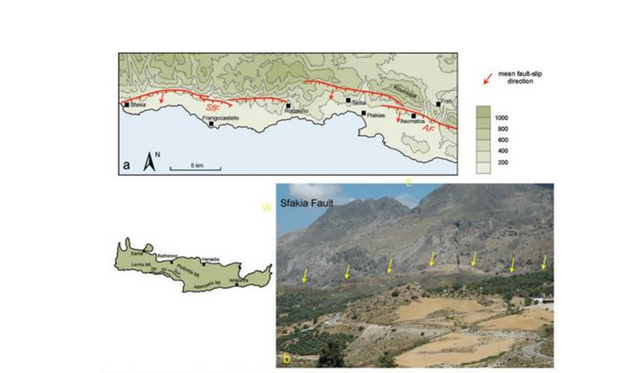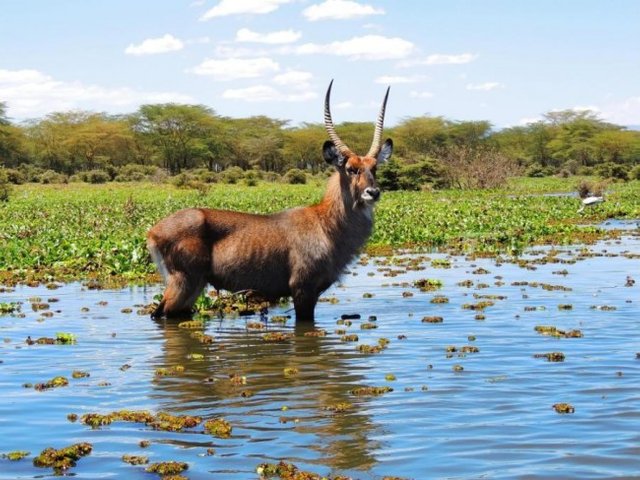The Danakil block separated from the Ethiopian continent around 6 million years ago[1], and became a place where evolution could flourish in a new direction. The coast-lines that developed along where Danakil and the Sea of Afar met, became an open-grasslands environment, with wetlands and marshes, in a region that had prior to the tectonic rifting of the Afar triple junction been a rainforest environment.

The animals that became isolated on Danakil found themselves in a place where they could evolve in new directions. By 4.4 million years ago, ancestors of extant horses, descendants from Miocene forest horses, had adapted to the open grassland of Danakil, developing longer snouts, and ancestors of humans, Ardipithecus, had begun to adapt to a coastal life style, over the next million years evolving into Australopithecus, water-adapted apes in the same way otters are water-adapted mustelids.
The Kobus genus, grazing antelopes, most of which are strongly
tied to permanent water[2], that includes the waterbuck in the image below, share a common ancestor in K. basilcookei that can be seen in the fossil record at the 4.4-Ma-old strata in the Aramis Member[2], where fossils of the ancestors of horses, Eurygnathohippus woldegabrieli[3], and of humans, Ardipithecus ramidus[4], are present as well, all speciated within the same coastal environment, the coast of Danakil, the Galapagos of Pliocene East Africa.

Ancestral species to those found at Aramis from both the Eurygnathohippus lineage, Ardipithecus lineage and Kobus lineage are found in the fossil record to the south-west at the Kuseralee and Asa Koma sites from 5.4-5.8 million years ago, sites that are closer to the Ethiopian mainland since the Danakil block had separated a shorter distance at that time.
interesting to know more about this great post thanks for sharing
Downvoting a post can decrease pending rewards and make it less visible. Common reasons:
Submit
wow you did it fantastic to see that thanks for sharing this post
Downvoting a post can decrease pending rewards and make it less visible. Common reasons:
Submit